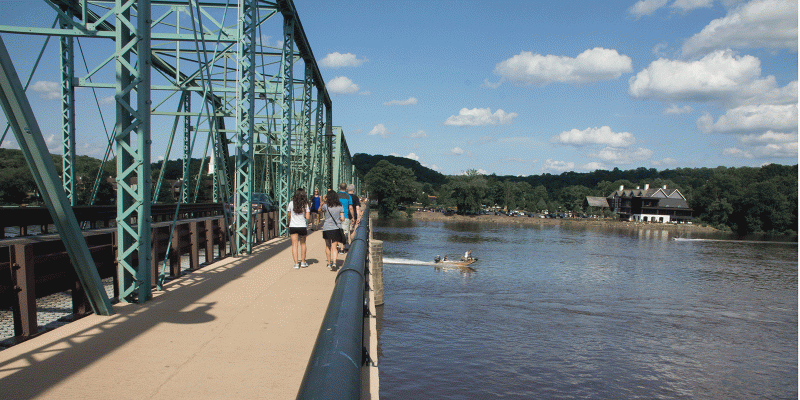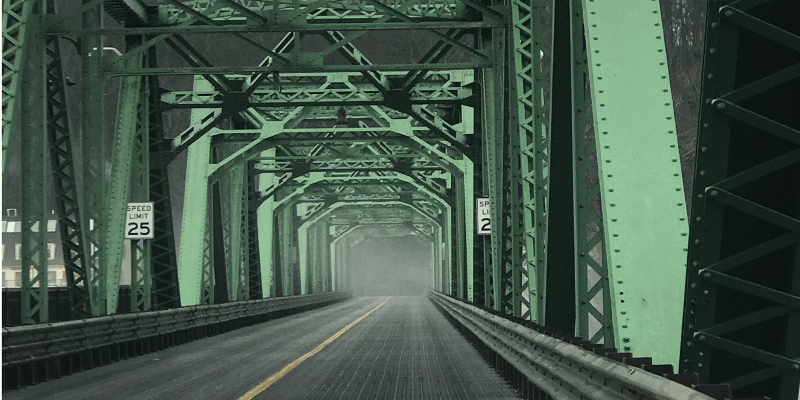Yes. Lambertville, New Jersey has ties to the 1849 California Gold Rush.
And yes… that is the origin of the name for the San Fransisco 49ers football team.
Following in his fathers’ footprints Lambertville resident, James W. Marshall was an apprenticed carpenter and millwright. After his father’s death, in 1834 twenty-four-year-old James set his sight West. Like so many Americans at the time, the unsettled West offered the promise of new opportunity.
 After brief stops in Illinois and Indiana young James settled in Missouri. While making life as a farmer, the young frontiersman contracted Malaria. As was a common practice of the time, Marshall’s doctors advised him to head west to a drier climate.
After brief stops in Illinois and Indiana young James settled in Missouri. While making life as a farmer, the young frontiersman contracted Malaria. As was a common practice of the time, Marshall’s doctors advised him to head west to a drier climate.
Striking out on the infamous Oregon trail he found his way to California in July 1845 after a brief sojourn in Oregon. He built up enough funds while working in the Sacramento Valley as a carpenter to purchase a ranch to raise cattle.
After establishing the ranch, James joined the movement of the Bear Flag Revolt. He then returned to find his cattle stolen and ranch in ruins and made his way to Sutter’s Fort.
John Sutter was a German immigrant that struck a deal with a Mexican Governor for the grant of 50,000 acres in the then Mexican territory of California. Located at one of the primary endpoints of the Oregon-California Trail the city bustled in the mid-19th century.
After the war, Sutter and Marshall struck a partnership to establish a sawmill in Coloma, California. The mill was located on the American River barely 40 miles upstream of Sutter’s Fort.
It was here that James Marshall and pure happenchance changed American History.
On January 24, 1848, the Lambertville native picked up a piece of debris in the river that shined in the sun’s rays. That small shiny pebble he picked up in the mill’s channel was confirmed to be gold just days before the treaty was signed ending the Mexican-American war which made California a US territory.
News of the find spread quickly, and an estimated 80,000 miners flooded the Sacramento Valley the following year during California’s Gold Rush.
The greatest irony of James Marshall’s life was that neither he or Sutton profited directly from the newly found resource.
After a failed attempt at starting a winery, he passed away in 1885 making a living from a spartan garden.
Built in 1816, the Marshall House is located on Bridge Street in Lambertville. It was designated a spot on the National Register of Historic Places on December 1970 and still serves a the home of the Lambertville Historical Society.




